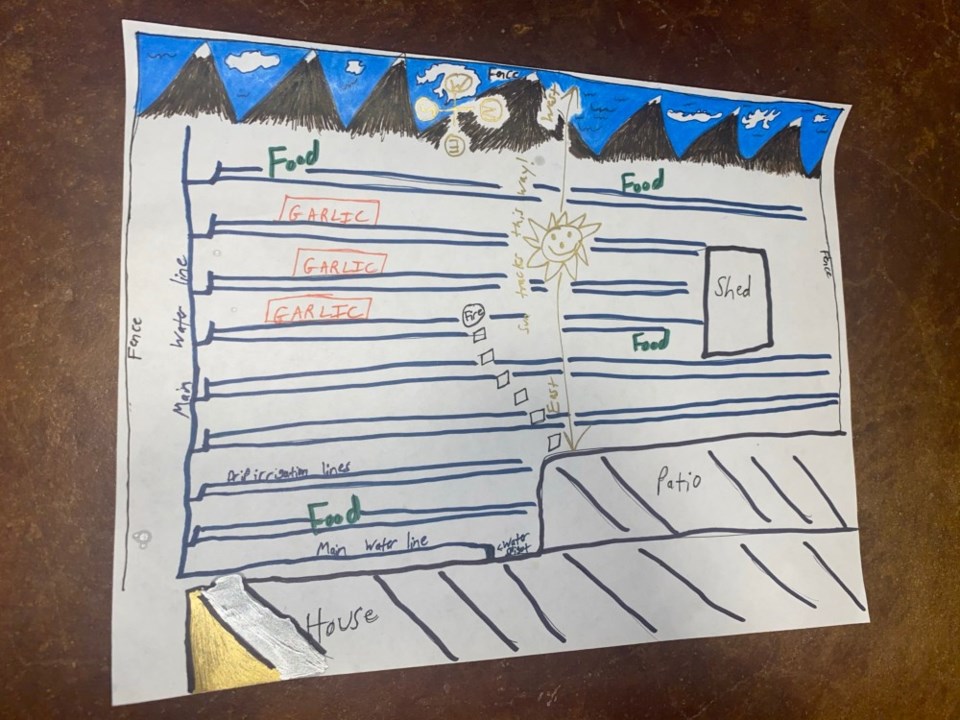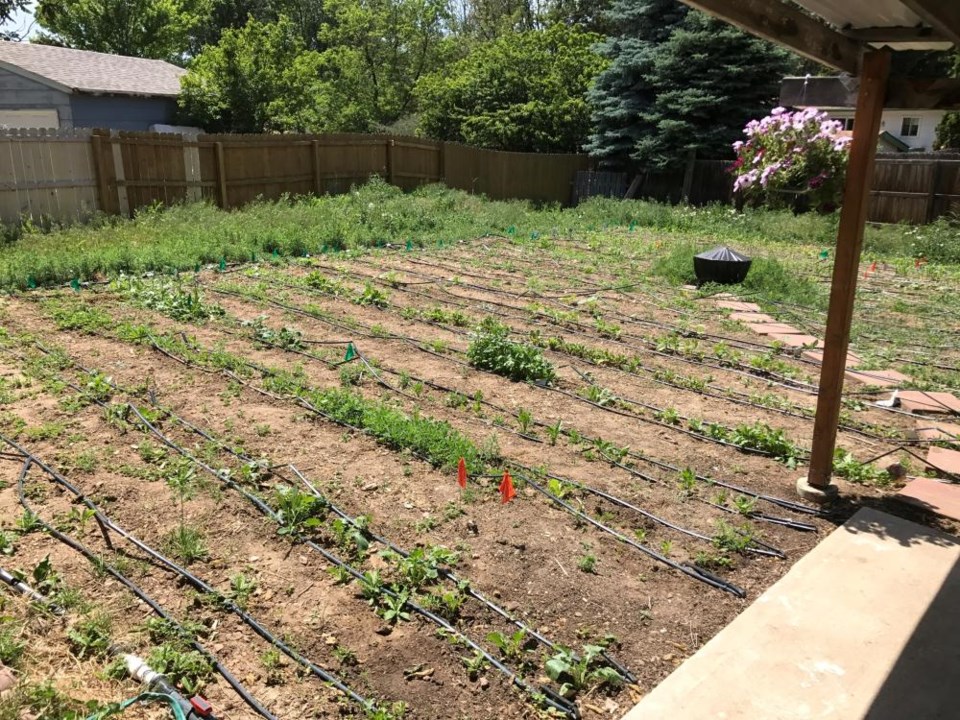Ready to start planning your urban farm? The first step is to throw together a rough plan.
You just need a rough idea of where you want everything to grow in your urban farm or garden. At this stage you do not need to know what you are wanting to grow (but it doesn’t hurt to start thinking about it), you just need the basic logistics worked out.
What space do you want to use?
Do yourself a favor and use as much of your yard as possible. If you are in a house that has a homeowners association, check the bylaws first to see what you can and cannot do. If you do not have an HOA, you’ll still want to peruse the city code, specifically Chapter 9.32 – Weed Control. Wildflowers in the front yard and vegetables in the backyard is a pretty good way to go. Plus then you get to describe your house as a party up front and all business in the back, which is sure to confuse everybody.
 Before starting your urban farm or garden, do a rough sketch of where you want to plant, even if you don't yet know what you want to plant.(Photo by James Lissy)
Before starting your urban farm or garden, do a rough sketch of where you want to plant, even if you don't yet know what you want to plant.(Photo by James Lissy)How are you going to grow everything?
Straight in the ground is the correct answer. Our society seems to have an obsession with raised beds, which just doesn’t make any sense. Show me a wild animal that successfully uses a raised bed for its food and then maybe I’ll change my tune on this one.
Seriously though, growing vegetables straight in the ground is not only cheaper, but easier and your plants will be happier. When you grow straight in the ground, if you overwater the excess water goes into the surrounding soil. If you under water, the roots of the plants can explore to find water. Plus, the roots get to live symbiotically with worms, critters, microbes, fungi and all sorts of other things that are essential to healthy soil, which leads to healthy plants.
Soil health is the secret to growing great vegetables and flowers, without soil health you have nothing. In a raised bed, it’s likely new dirt that doesn’t have much (if any) soil health to it (there is a difference between dirt and soil). The water can only go so many places and the roots are constrained and exposed, making them more vulnerable to the elements.
Having said that, there are great reasons for raised beds, whether it be HOA restrictions, you have a bad back and don’t want to be bending over (do more yoga if that’s the case), or if you rent a house and your pesky landlord doesn’t want you digging up the ground, etc. Don’t let me tell you what to do with your land; you do what you want but planting straight into the ground is the best way to go.
 Use as much of your yard as possible for your urban farm or garden and if possible use a drip irrigation system.(Photo by James Lissy)
Use as much of your yard as possible for your urban farm or garden and if possible use a drip irrigation system.(Photo by James Lissy)How are you going to water?
Drip irrigation rules and systems are fairly easy to build (more on this later). The other option (unless you’re very creative) is to use a normal sprinkler, which is harder and more of a pain in the long run. With vegetables you really only want to water the roots. If the tops of the plants get continuously wet, they are more prone to pests, can be harder to take care of and have a higher likelihood of failing.
Here are more details on planning your own urban farm / garden.
Important note: If you are getting ahead of the game and wanting to start digging up your existing space, be sure to have the utilities marked before you do any digging, tilling, broadforking, etc. You don’t want to break a utility line.
If you have any questions or subjects that you would like me to cover in this column, they can be emailed to: [email protected] with the subject line “Longmont Leader question.” I will happily answer any questions that you may have, after all this column is for you to benefit from and enjoy.
***The Longmont Leader accepts contributions, photos, and op-eds for publication from community members, business leaders and public officials on local topics. Publication will be at the discretion of the editor and published opinions do not represent the views of The Longmont Leader or its staff. To submit a contribution, email [email protected].



